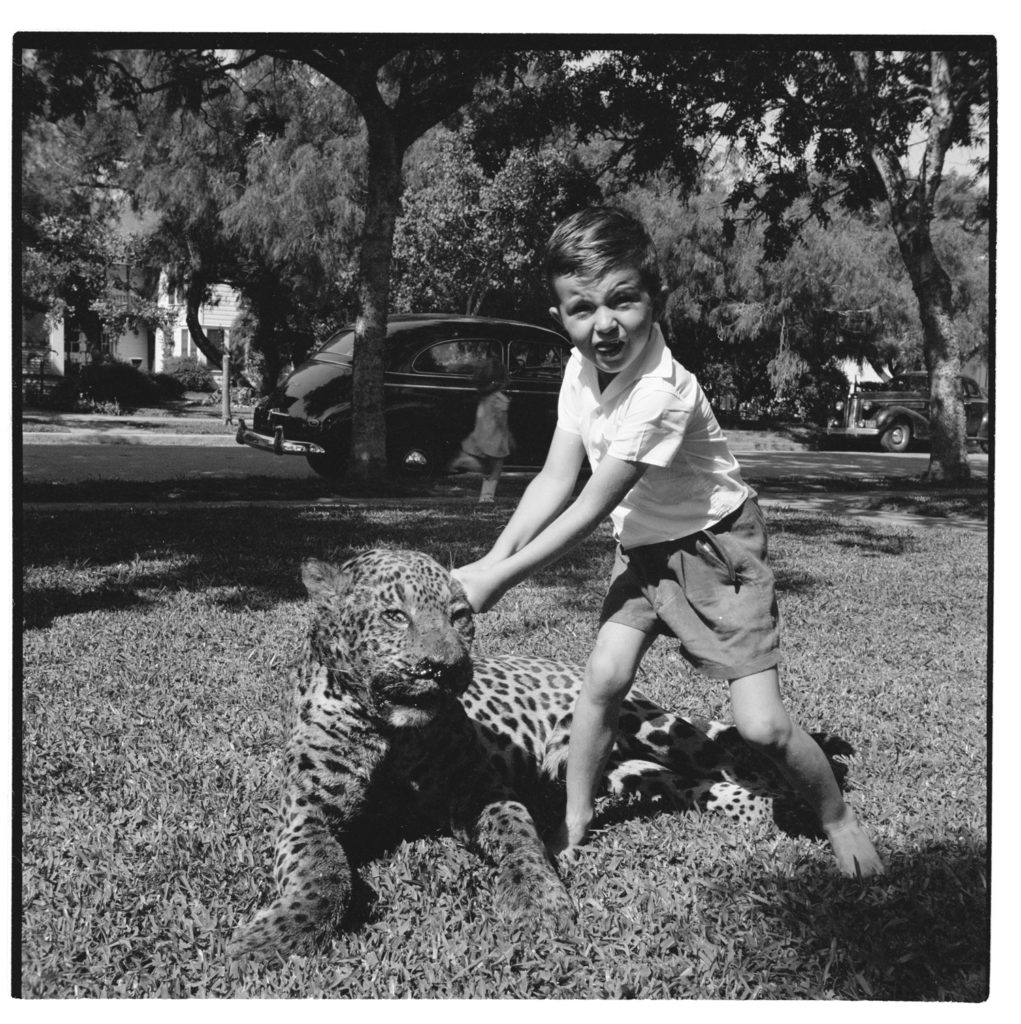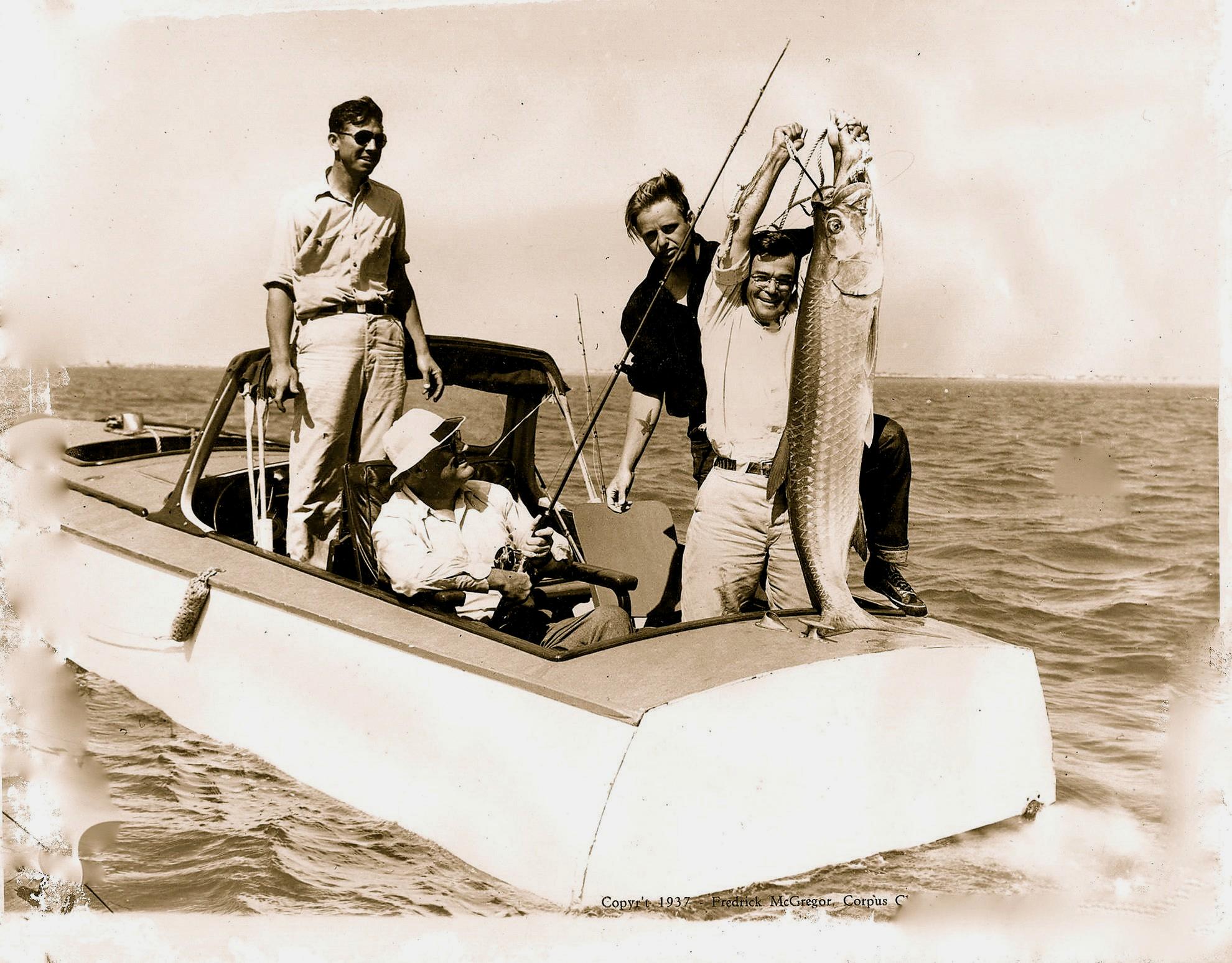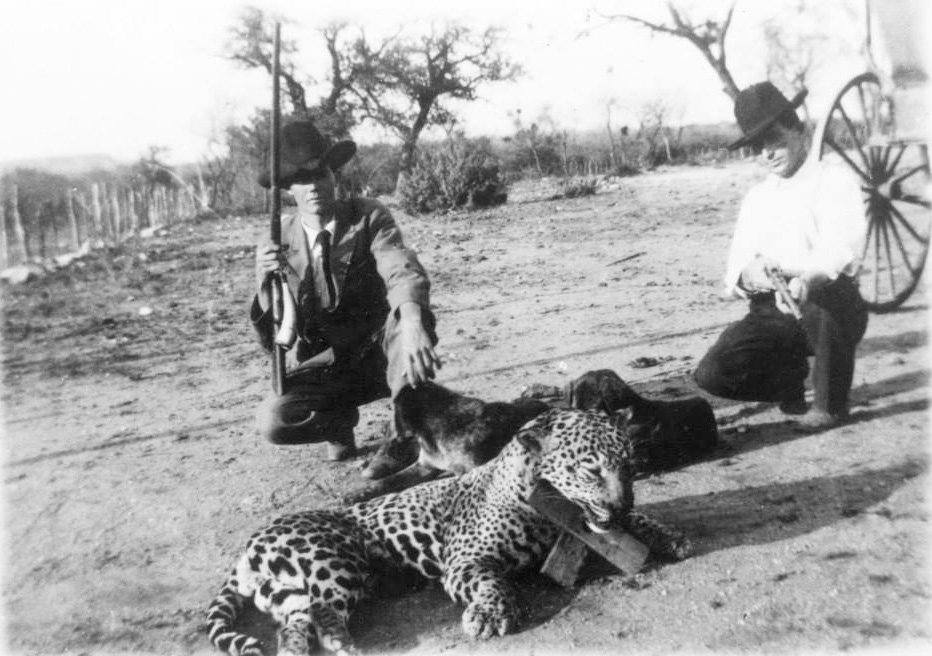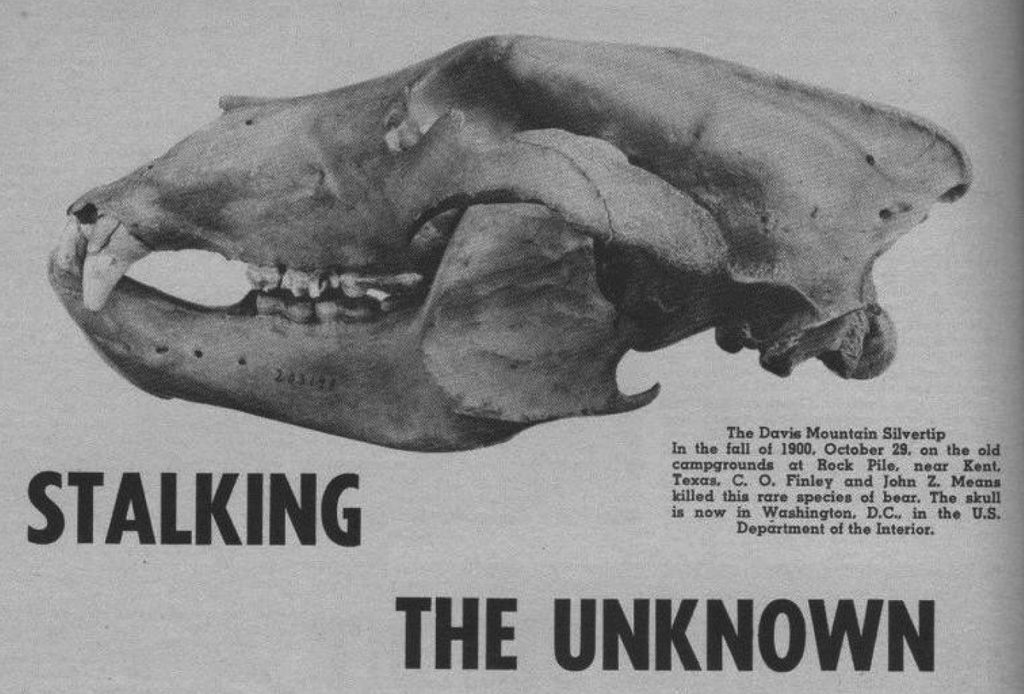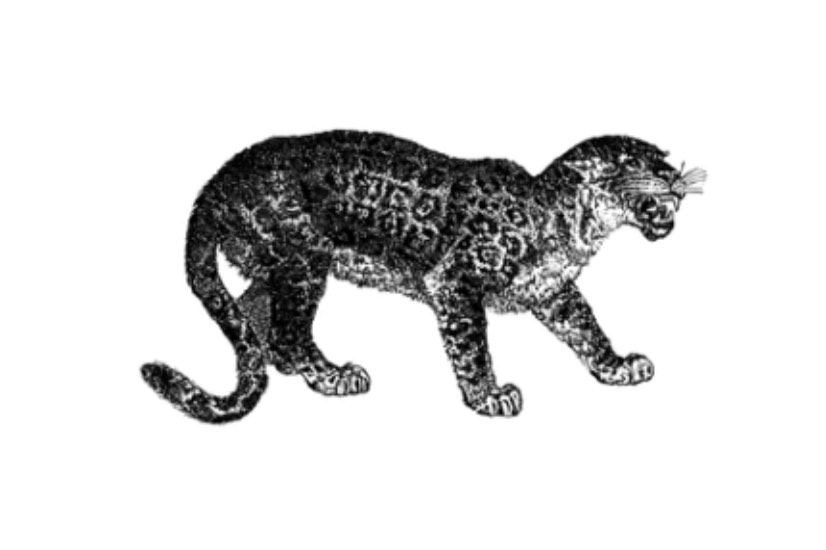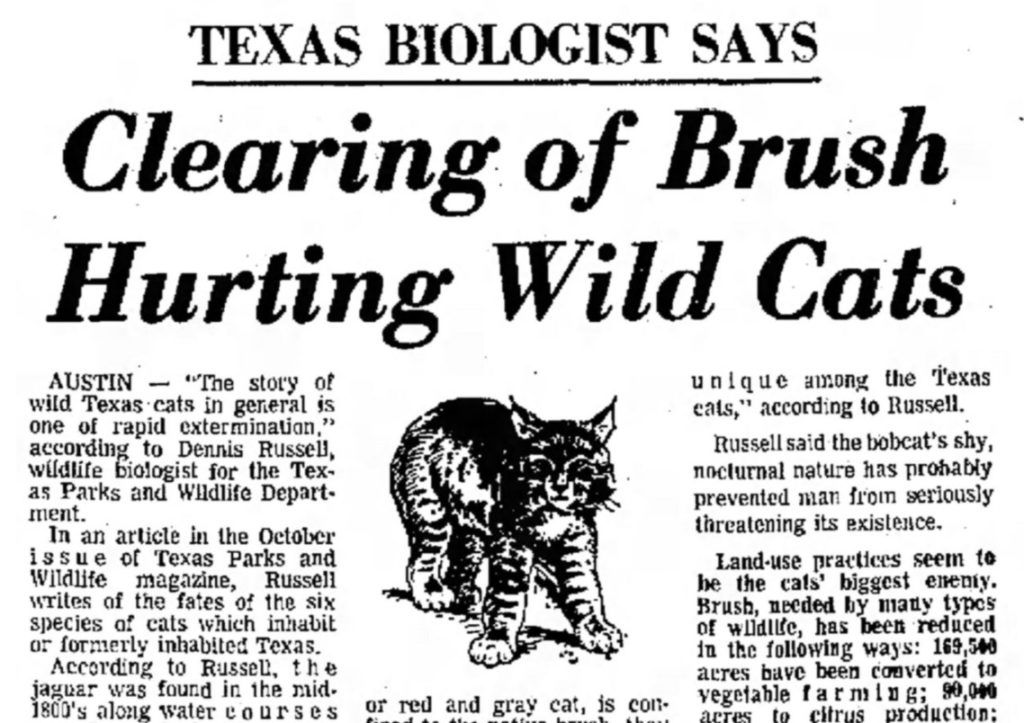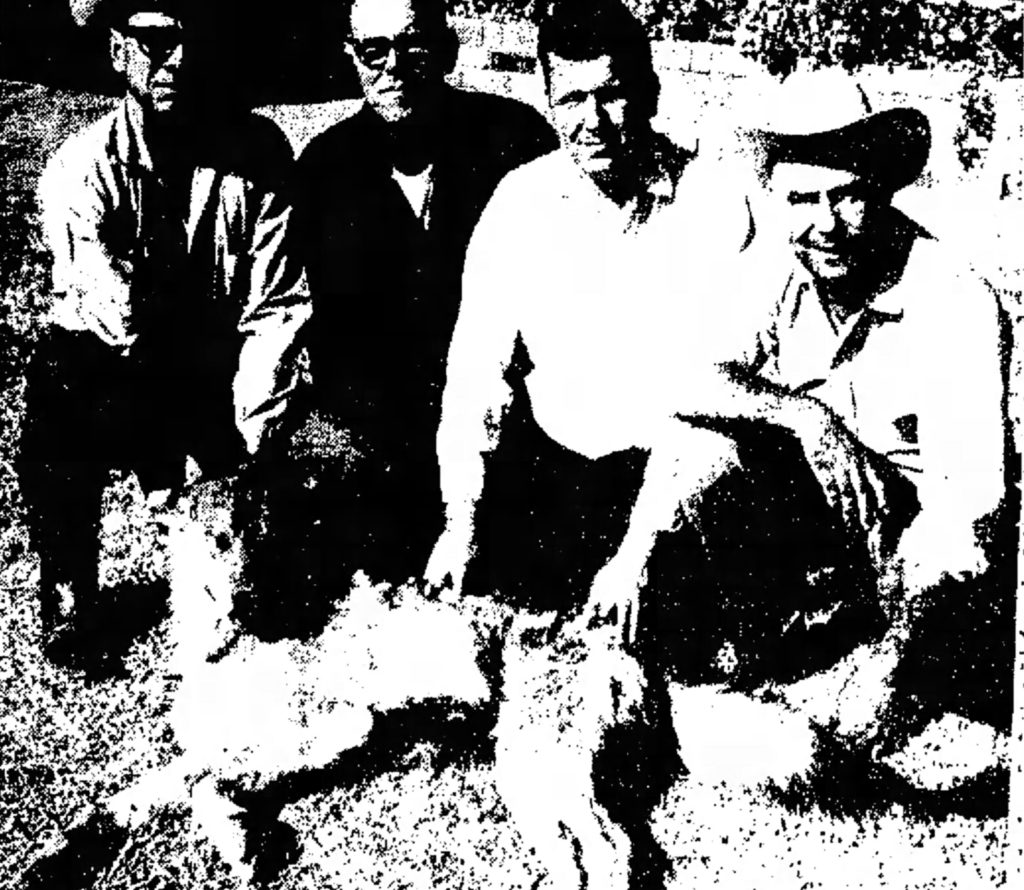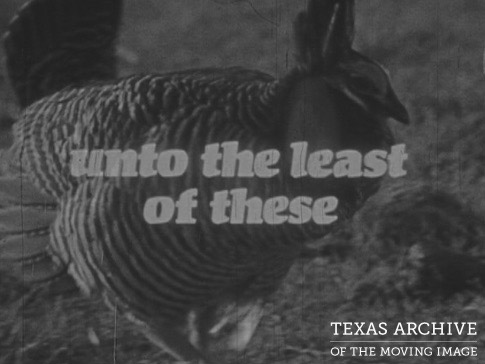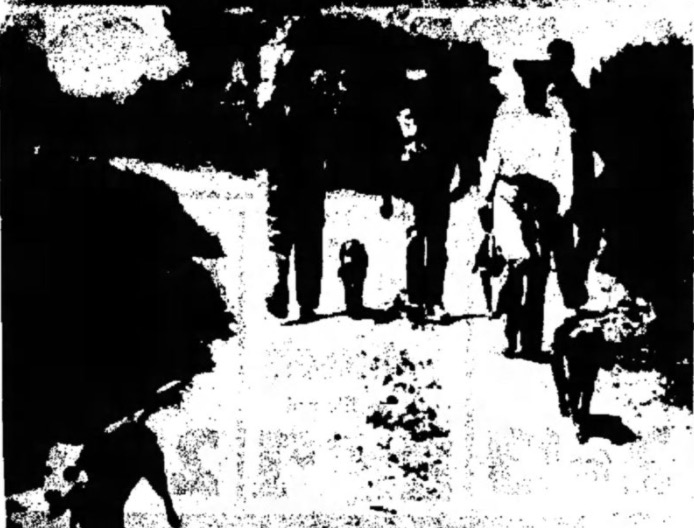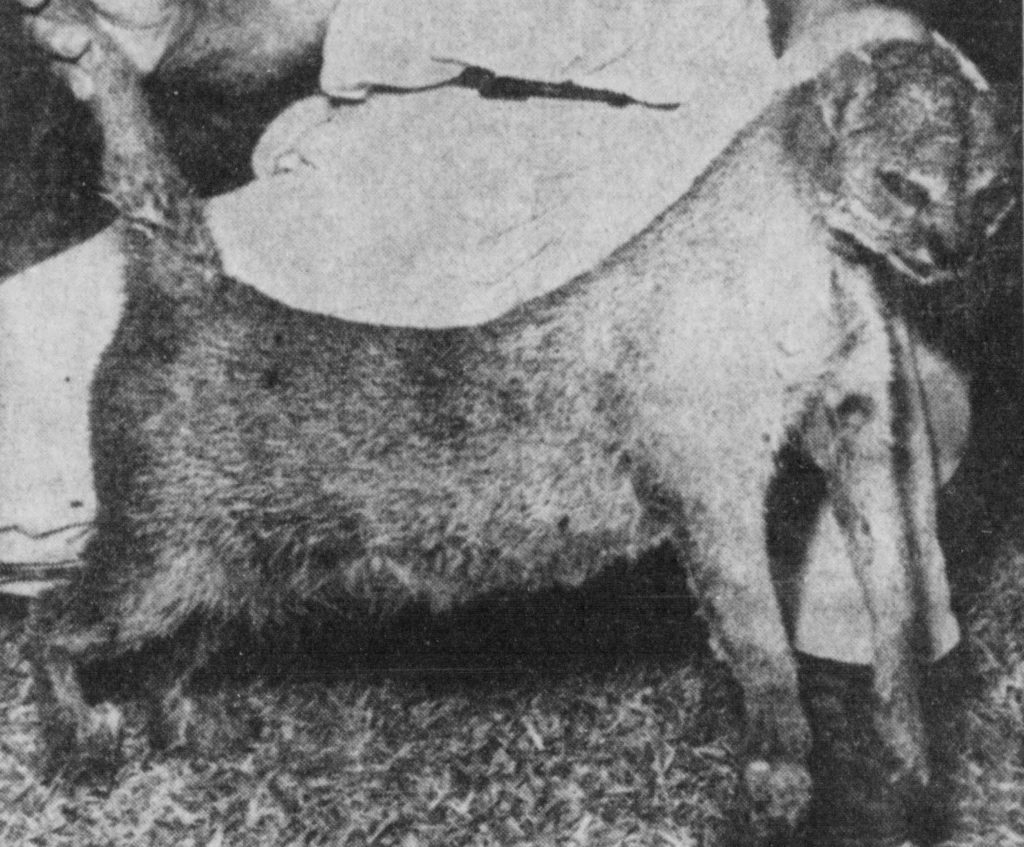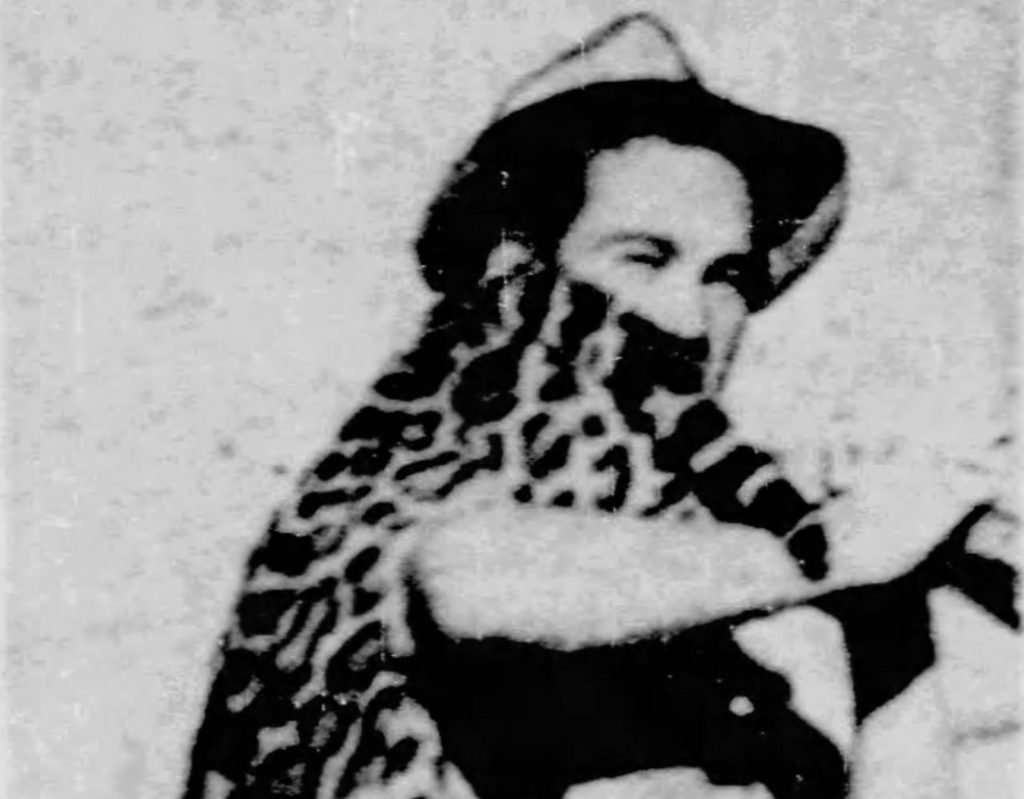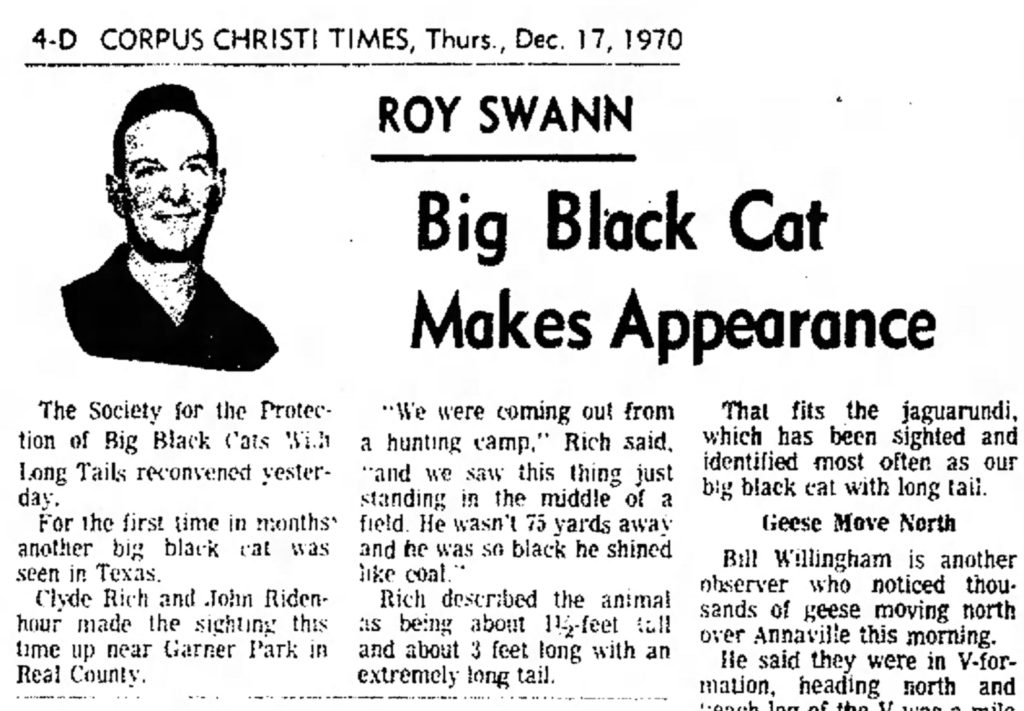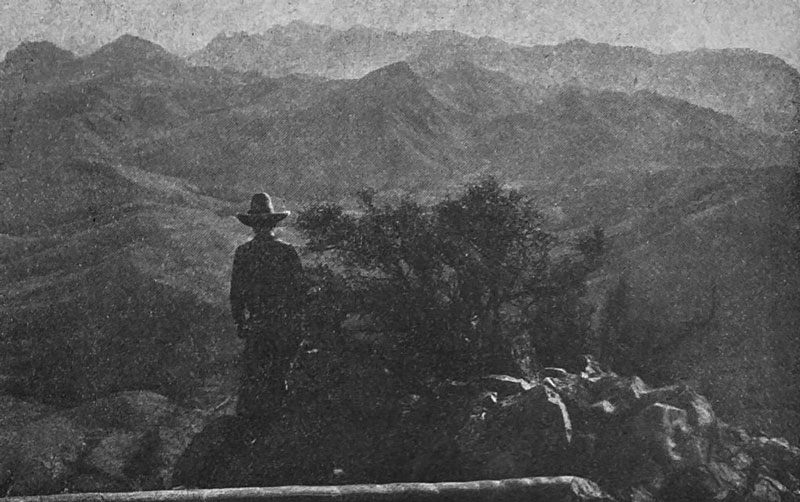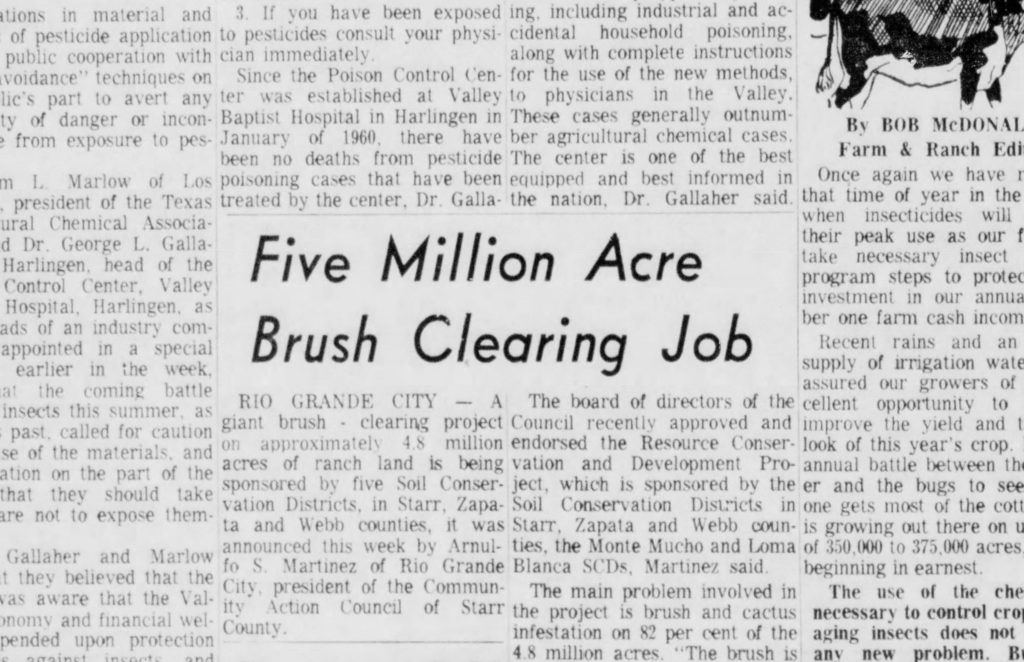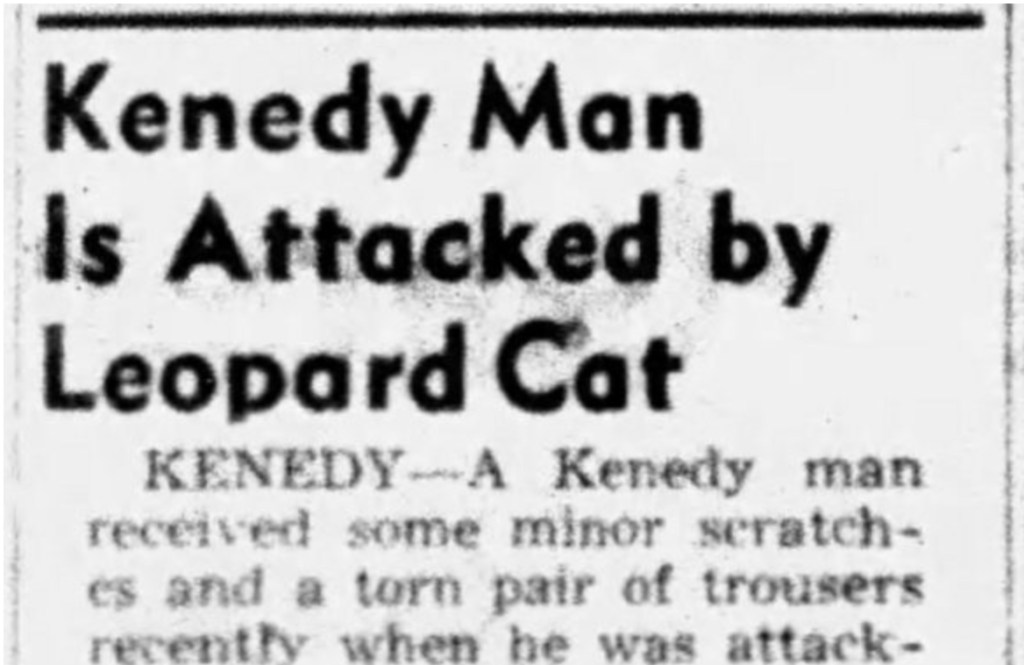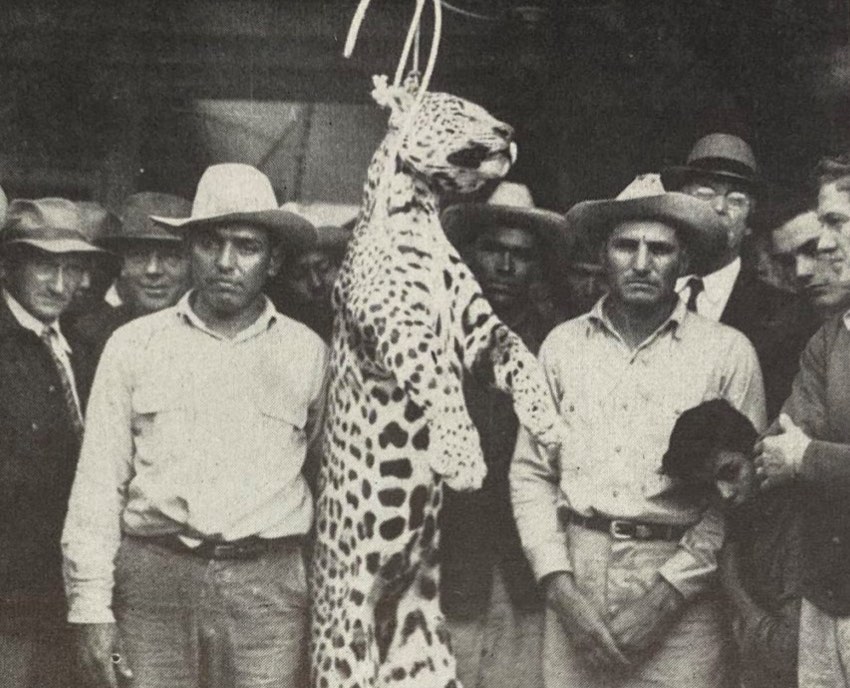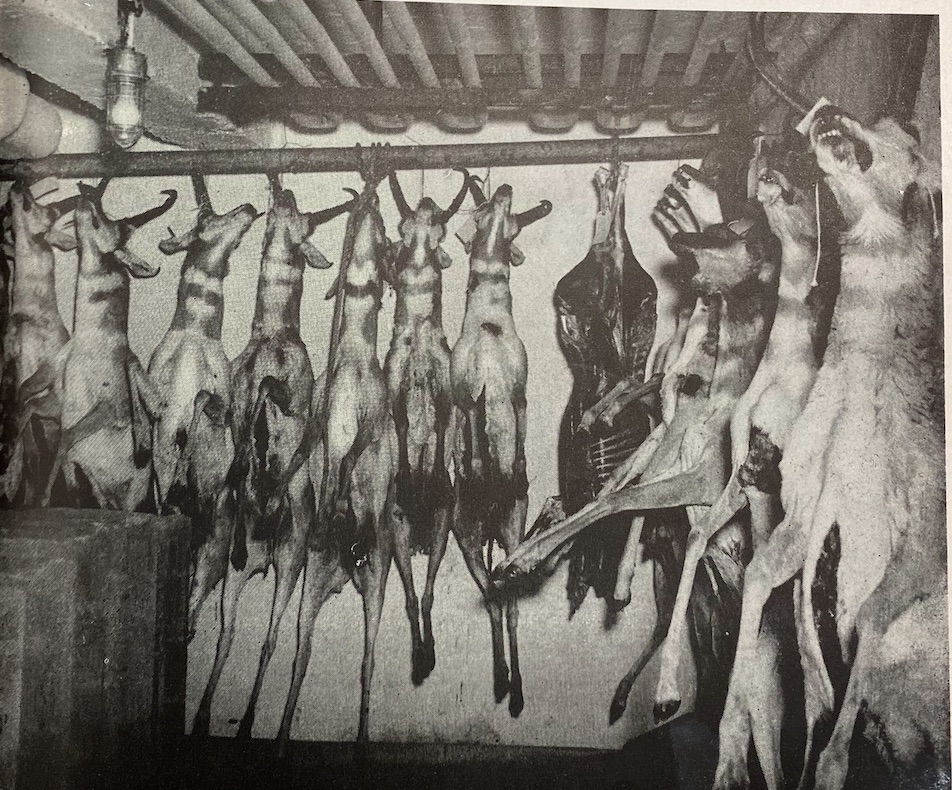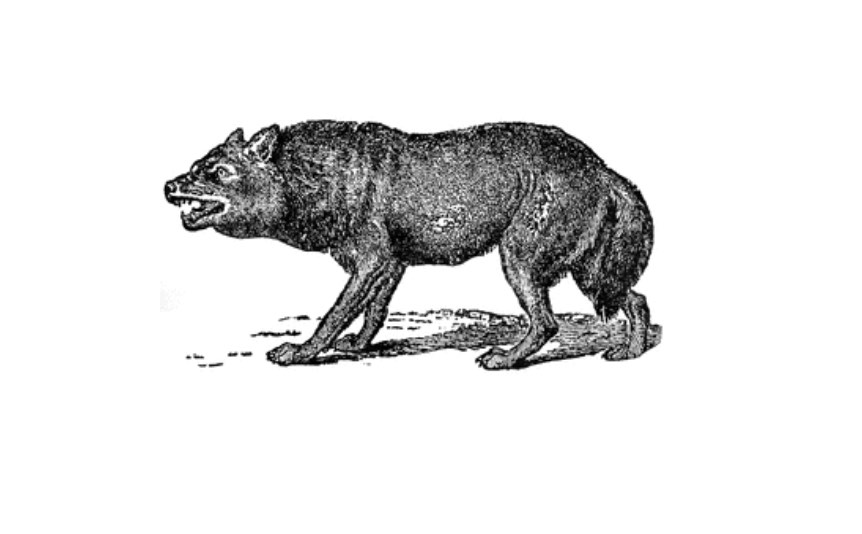On April 25, 1948, page eight of the Corpus Christi Caller Times unceremoniously reported the killing of a large jaguar on a farm near Kingsville.
Wild Texas History
Big Catches – 1920-60
My research has focused on terrestrial mammals, but I've come across quite a few fishing photos along the way.
London, Texas Jaguar – 1909
The London, Texas story begins like a Hardy Boys adventure, but these boys accidentally corner a jaguar.
The grizzly bears’ historical range runs from Alaska through Texas and into Northern Mexico, but there is only one recorded instance of a grizzly actually killed in Texas.
A jaguar gets accidentally flushed out of the brush at Fort Mason.
Wildlife biologists were becoming more influential at the Parks and Wildlife Department at the time, and as a result there was an increased awareness of the importance of habitat.
Mexican gray wolves held out in Texas until around 1970, when the last two were killed in the Big Bend region of Texas.
In 1970 the Texas Parks & Wildlife Department produced a film covering the relocation of a colony of Attwater's prairie chickens.
A black bear was spotted in rural Hidalgo County near McAllen in 1957, and the county sheriffs were mobilized to catch it.
Until recently, most people weren’t familiar with the jaguarundi. Because of this they are often called other things like “jaguar type cat” and are difficult to find reports of.
North Texas experienced a spike in ocelots killed by hunters in the 1950s.
The jaguarundi is possibly the rarest and least understood of Texas wild cats. However, it is also one many people claim to have seen.
It is easy to take for granted that Texas treasures like Big Bend National Park have always been there. However, before the 1940s it was only an idea.
This is a sad story about an ocelot shot by a man who worked for a land clearing company.
This story about a Kenedy man being attacked by multiple ocelots (a.k.a. leopard cats) sounds like a hyperbolic hunting story at first.
Because of an article by Steve Sinclair entitled "The last jaguar" in the Brownsville Herald in 2008, the 1946 Rio Grande Valley jaguar is the Texas jaguar most people are familiar with.
The pronghorn hunt was ended in 1903 to help rebuild the population, and it didn't resume until 1944.
The Alpine Avalanche is a great source of information about West Texas wolves, and I've only begun to scratch the surface with these clips.
